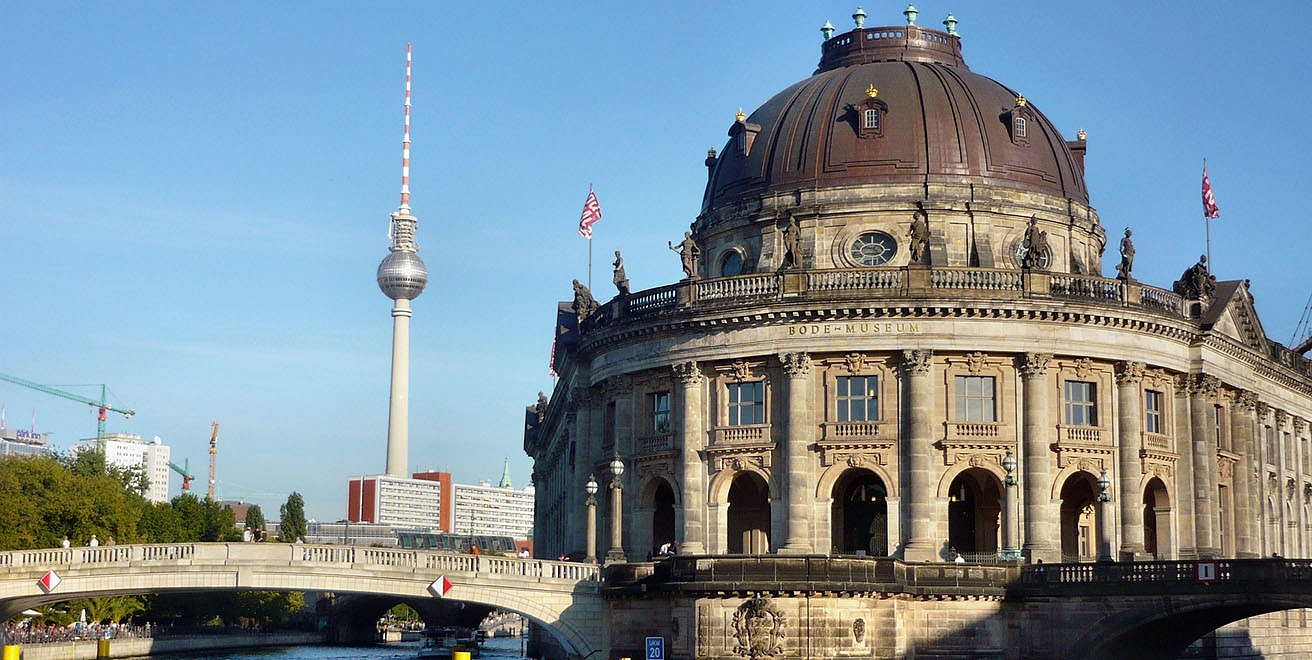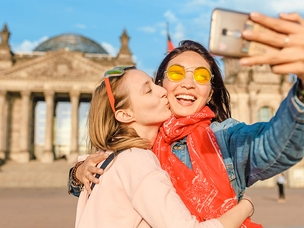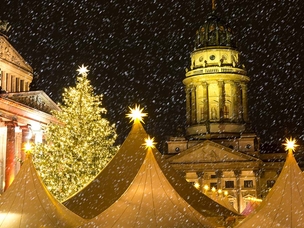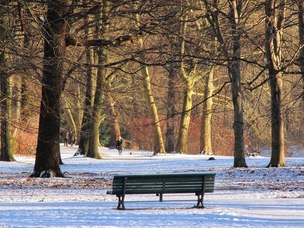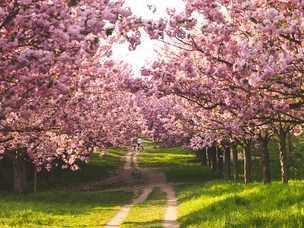Museumsinsel
The Museuminsel is home to five of Berlin’s best and most popular museums that you can all visit with one ticket. The island is listed as a UNESCO World Heritage site since 1999 as it is an outstanding example of a type of building or architectural ensemble which illustrates a significant stage in human history and shows the important interchange of human values across cultures.
The museums on the island were constructed between 1824 and 1930. The first museum to open its doors here was the Altes Museum in 1830. Back in the day this was a novum since it made the art collections of the princes and rulers of the German Empire available to the general public. Nowadays, it is entirely dedicated to classical antiquity, providing an impressive panorama of Ancient Greek art from the 10th to 1st century BC.
The second institution to open on Museuminsel was the Royal Prussian Museum. However, it was destroyed during World War II and the rebuilding only started in 1999, taking 10 years overall. Eventually, it was reopened under the name Neues Museum. It provides a comprehensive insight into four millennia in ancient Egypt and Nubian cultures. One of the most important exhibits here is the famous bust of Nefertiti, the ancient Egyptian queen.
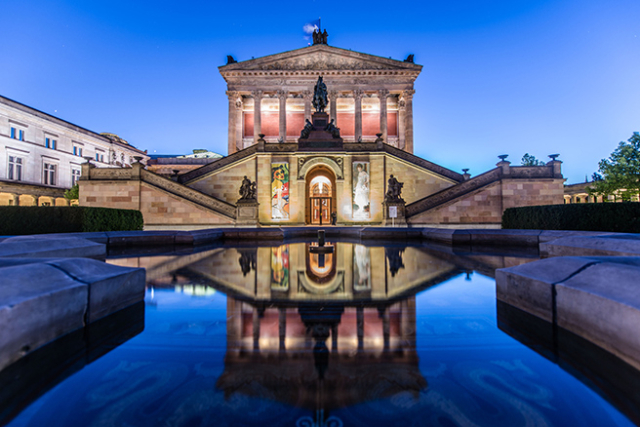
The Alte Nationalgalerie was added to the museum landscape on the island in 1876. Inspired by the Acropolis in Athens, the museum is also a popular spot for taking photographs. The museum consists of paintings and sculptures from Classicism, Biedermeier, Romanticism as well as Impressionism and the early Modern Age, including Princesses Group by Johann Gottfried Schadow and Auguste Rodin’s The Thinker.
The last two museums to be added to the museum island were the Bode Museum in 1904 and the Pergamon Museum in 1930. The Bode Museum is located on the tip of island and is well known for its Sculpture Collection and Museum of Byzantine Art. The unique collection consists of many sculptures, showcasing exhibits from the Middle Ages to the 19th century, including works from Donatello, Canova and Bernini.
The Pergamon museum spans over three wings. It exhibits the Collection of Classical Antiquities, the Museum of the Ancient Near East and the Museum of Islamic Art and is Berlin’s most visited museum. The most popular exhibits of the museum are the breath-taking Roman Pergamon Altar, the Babylonian Ishtar Gate as well as the approximately 17-metre-high Market Gate of Miletus.
Museum of Natural History
Through its integration within the Leibniz Association, Berlin’s Museum of Natural History has become one of the most important research institutions around the world in the areas of biological and geological evolution and biodiversity. The museum’s mission aims at discovering and describing the life on earth and the planet itself. The museum’s collection consists of over 30 million objects covering zoology, palaeontology, geology and mineralogy, including the skeletons of several dinosaurs.
Schwules Museum
Once only an exhibition of the former Berlin Museum, the Schwules Museum has grown into a sought-after institution of both national and international stature. It is the first museum in the world that is entirely dedicated to gay history. First opened in 1984, the museum has since become an institution in the queer community as one of the most important documentarists of the history and culture of queer and trans people in Germany.
The museum explores the history of gay rights movements and is also politically active. In recent years the institute has developed a reputation to be always up-to-date on recent developments and trends. Past exhibitions have included special series on gay comic book heroes and queer-feminist futurism.
Jewish Museum
Berlin is also home to the largest Jewish Museum in all of Europe. It is only a 15 minute walk away from Checkpoint Charlie. The new core collection opened in 2020 and traces back the history of Jewish Lives in Germany from the Middle Ages to the present day through interactive and multimedia exhibits.
The museum spans over three buildings. Designed by the famous architect Daniel Libeskind, they are some of the most iconic museums in Berlin. Across the road from the main building, the new ANOHA children’s museum where the story of Noah's Ark from the Torah takes a centre stage as an immersive experience for children.
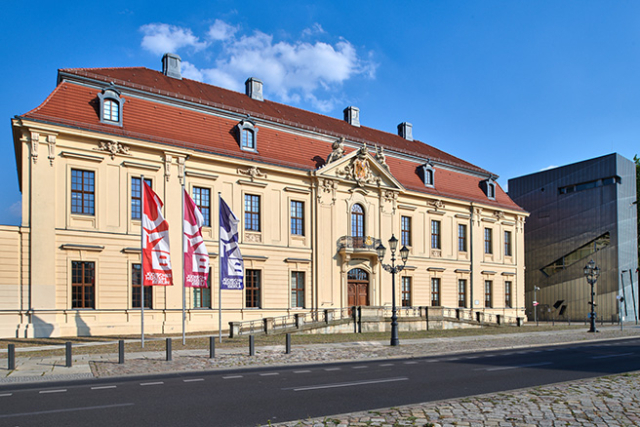
DDR Museum
Travel back in time and discover the day-to-day life in the former GDR at the DDR Museum. Opposite of the Berliner Dom and the Museuminsel, you can catch a glimpse into the history of the German capital. Visitors can dive into the daily life of East Berliners through 27 interactive exhibitions.
Sit down in an original GDR living room while listening to the East German answer to Rock ‘n’ Roll, listen to stories about families living on both sides of the city and see an original football used during a match between East and West Berlin. Sit down in one of the iconic Trabi cars and wander around a prison cell with original items from Bautzen and Erfurt, a prison under full control of the Stasi.
East Side Gallery
The East Side Gallery is both a symbol of joy over the end of Germany’s separation and as a historical reminder of the inhumanity of the border regime under East Germany. The East Side Gallery was opened on 28 September 1990 and is now the longest open-air gallery in the world as well as the longest intact part of the Berlin Wall.
After the Wall fell, 118 artists from 21 countries redesigned 1316 meter of the former border strip, creating the Gallery. The artists’ works comment the political changes after the fall of the Berlin Wall, mirroring how people handled their life afterwards. Today the Gallery is one of Berlin’s most iconic sights and a must-see to understand the history of the capital better.
